Keith Peter Shine FRS is the Regius Professor of Meteorology and Climate Science at the University of Reading. He is the first holder of this post, which was awarded to the university by Queen Elizabeth II to mark her Diamond Jubilee.
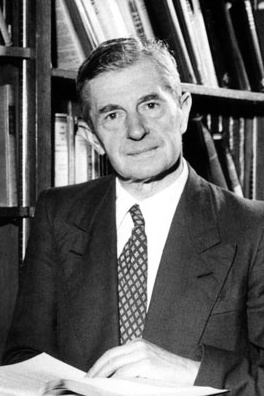
Sydney Chapman was a British mathematician and geophysicist. His work on the kinetic theory of gases, solar-terrestrial physics, and the Earth's ozone layer has inspired a broad range of research over many decades.
Professor Sir Brian John Hoskins, CBE FRS, is a British dynamical meteorologist and climatologist based at the Imperial College London and the University of Reading. He is a recipient of the 2024 Japan Prize along with Professor John Michael Wallace in the field of "Resources, Energy, the Environment, and Social Infrastructure" for "Establishment of a scientific foundation for understanding and predicting extreme weather events". He is a mathematician by training, his research has focused on understanding atmospheric motion from the scale of fronts to that of the Earth, using a range of theoretical and numerical models. He is perhaps best known for his work on the mathematical theory of extratropical cyclones and frontogenesis, particularly through the use of potential vorticity. He has also produced research across many areas of meteorology, including the Indian monsoon and global warming, recently contributing to the Stern review and the IPCC Fourth Assessment Report.

Sir John Theodore Houghton was a Welsh atmospheric physicist who was the co-chair of the Intergovernmental Panel on Climate Change's (IPCC) scientific assessment working group which shared the Nobel Peace Prize in 2007 with Al Gore. He was lead editor of the first three IPCC reports. He was professor in atmospheric physics at the University of Oxford, former Director General at the Met Office and founder of the Hadley Centre.
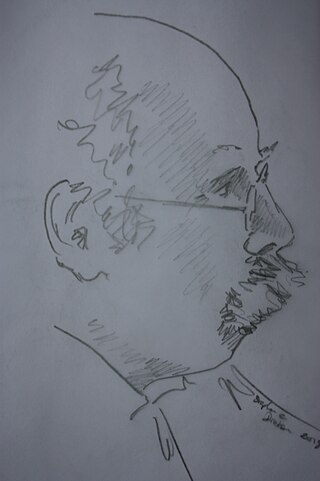
Sir William Napier Shaw was a British meteorologist. He introduced the tephigram, a diagram for evaluating convective instability in the atmosphere. He also served as president of the International Meteorological Committee and Royal Meteorological Society.

Paul Jozef Crutzen was a Dutch meteorologist and atmospheric chemist. In 1995, he was awarded the Nobel Prize in Chemistry alongside Mario Molina and Frank Sherwood Rowland for their work on atmospheric chemistry and specifically for his efforts in studying the formation and decomposition of atmospheric ozone. In addition to studying the ozone layer and climate change, he popularized the term Anthropocene to describe a proposed new epoch in the Quaternary period when human actions have a drastic effect on the Earth. He was also amongst the first few scientists to introduce the idea of a nuclear winter to describe the potential climatic effects stemming from large-scale atmospheric pollution including smoke from forest fires, industrial exhausts, and other sources like oil fires.
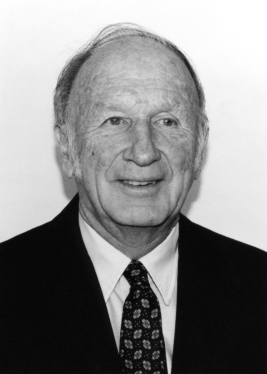
Edward Norton Lorenz was an American mathematician and meteorologist who established the theoretical basis of weather and climate predictability, as well as the basis for computer-aided atmospheric physics and meteorology. He is best known as the founder of modern chaos theory, a branch of mathematics focusing on the behavior of dynamical systems that are highly sensitive to initial conditions.
Sir Robert Lewis Fullarton Boyd was a pioneer of British space science and founding director of the Mullard Space Science Laboratory.
Sir John Anthony Carroll was a British astronomer and physicist. In the 1920s he worked at the Solar Physics Observatory, Cambridge, UK with F.J.M. Stratton and Richard van der Riet Woolley. He made major technological advances, inventing a high resolution spectrometer, and a coronal camera.
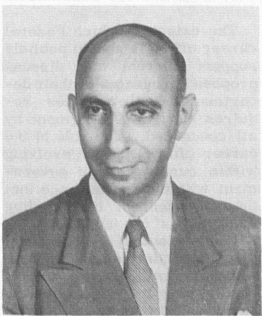
Helmut Erich Landsberg (1906–1985) was a noted and influential climatologist. He was born in Frankfurt, Germany, February 9, 1906, and died December 6, 1985, in Geneva, Switzerland while attending a meeting of the World Meteorological Organization. Landsberg was an important figure in meteorology and atmospheric science in education, public service and administration. He authored several notable works, particularly in the field of particulate matter and its influence on air pollution and human health. He is the first to write in English about the use of statistical analysis in the field of climatology and implemented such statistical analysis in aiding military operations during World War II. He received a number of significant honors during his life. Several honors are now bestowed in his name in recognition of his contributions to his field.
Gordon Miller Bourne Dobson was a British physicist and meteorologist who did important work on ozone.
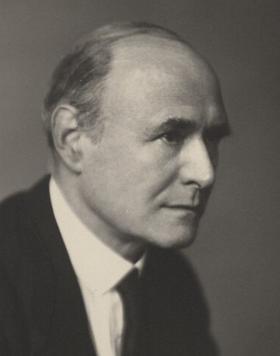
William Piercy, 1st Baron Piercy CBE was a British economist, civil servant, businessman and financier. He is best remembered as chairman of the Industrial & Commercial Finance Corporation from 1945 to 1964.
Sir Samuel Crowe Curran, FRS, FRSE was a Scottish physicist and academic who was the first Principal and Vice-Chancellor of the University of Strathclyde – the first of the new technical universities in Britain. He is the inventor of the scintillation counter, the proportional counter, and the proximity fuze.
Professor Percival Albert "Peter" Sheppard CBE FRS was a Meteorologist at Imperial College, London from 1952 to 1974 and thereafter emeritus professor.
Charles Kemball CBE PRSE FRS FRSC FRIC was a Scottish chemist who served as president of the Royal Society of Edinburgh (1988–91) and as president of the Royal Institute of Chemistry (1974-6). He pioneered the use of mass spectrometry. and was a leading expert in heterogeneous catalysis.

Hugh Ernest Butler FRSE MRIA FRAS was a pioneering Welsh-born astronomer. Wartime work included important contributions to anti-aircraft gunnery followed in peacetime by major contributions to galactic and extragalactic research particularly via ballistic rockets. He promoted the idea of an orbiting space telescope as early as 1958.
Alexander Crichton Mitchell FRSE, named in some sources as Arthur Crichton Mitchell, was a Scottish physicist with a special interest in geomagnetics who worked for many years in India as a professor and head of a meteorological observatory before returning to Scotland. He then worked with the Royal Navy to devise a system, known as an anti-submarine indicator loop, for detecting submarines by detecting currents induced in a loop of wire on the sea floor.
John Stewart Marshall was a Canadian physicist and meteorologist. Researcher for the Canadian government during the Second World war and then professor at McGill University from 1945 until his retirement in 1979, he was renowned for his research in cloud physics and precipitation, but especially for being a pioneer of weather radar.
John Switzer Owens was an Irish physician and environmental engineer. He invented some of the first scientific instruments for collecting and measuring air pollution and helped to establish the first large-scale pollution monitoring network in the United Kingdom.
David Fowler,, is a British environmental physicist, recognized as an authority on atmospheric pollution. He specializes in micrometeorology, the land-atmosphere exchange of trace gases and particles, and the effects of pollutants on vegetation.










